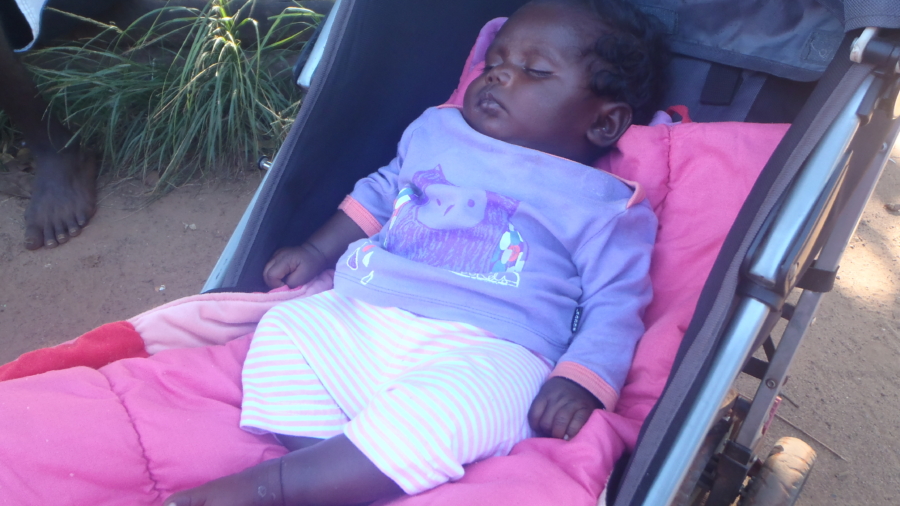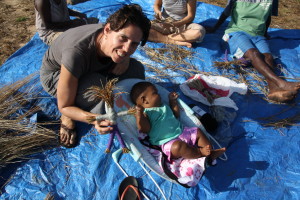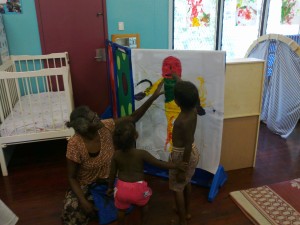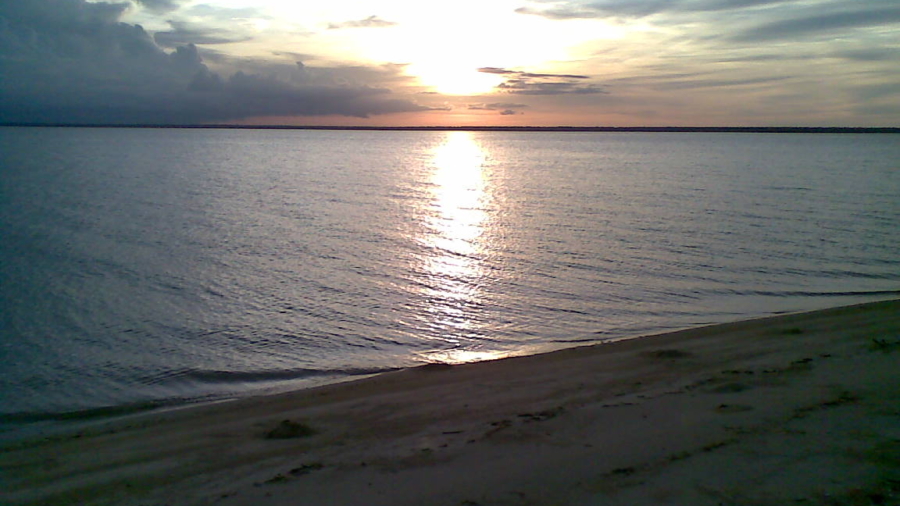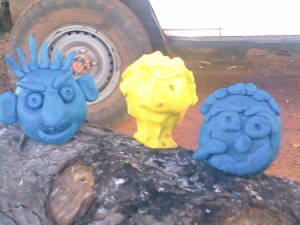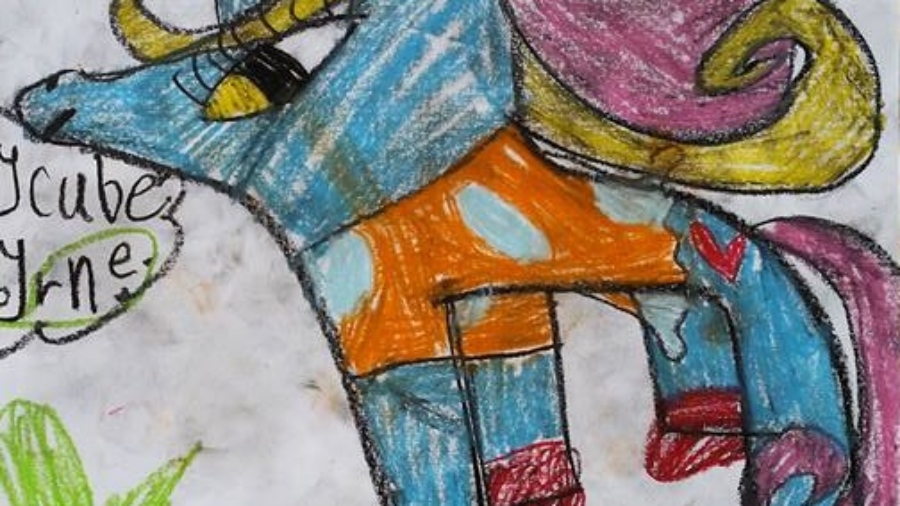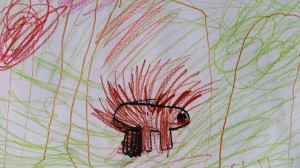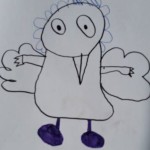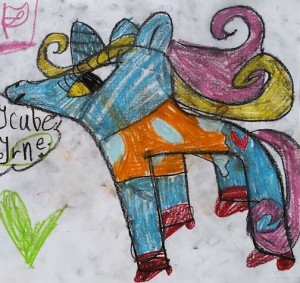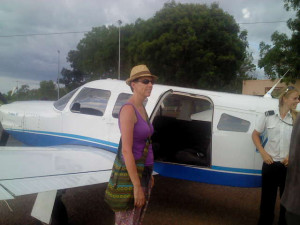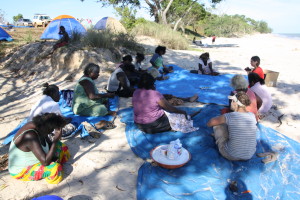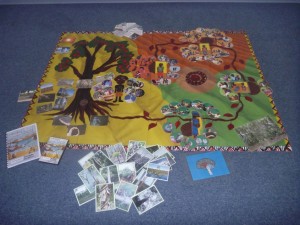Show me the money! Yes, you may have heard that my last ditch attempt to secure funding for the Healing Our Children program was successful. This has been a program in the making with community Elders and strong Aboriginal women since 2010. After submitting nine grant applications last year, I’d resigned myself to the fact that in the current political and economic climate, no government was interested in investing in an early intervention and trauma prevention program. Especially one that does not have a tested and trialled evidence base yet. I assumed that the Department of Prime Minister and Cabinet would be the least likely to fund this initiative. And wouldn’t you know it – boom! For me the announcement was bittersweet – what followed in the media was outrage expressed by Aboriginal organisations including essential domestic violence and legal services, about the amount of funding lost causing closures and job losses across Australia. Fair enough. Initially, this was also hard for me to come to terms with. But I have since justified the decision to fund my program for the following reasons:
- I have a unique opportunity to demonstrate that bottom-up, community led programs DO work (rather than the usual top down government programs)
- It IS possible for non-government organisations to work together with Aboriginal communities in a mutually respectful way to meet the expressed needs of communities and still achieve outcomes
- There are no Aboriginal organisations that I am aware of that are proposing to do the same work. But this is something we can aspire to in the future.
- I am in the UNIQUE position of working together within established relationships of trust with Elders and Strong women to share the latest findings from brain science about the impact of trauma on children. Many vulnerable women in the Western world don’t have this knowledge, let alone Aboriginal women and children who are most vulnerable to harm. Research has started to show that this information is a powerful motivator for women leaving a domestic violence relationship.
- I REALLY believe this program is the first step in stopping the cycle of intergenerational trauma beginning with the Aboriginal children being conceived and born right now.
I have just returned from the Child Inclusive Practice Forum in Brisbane where Nathan Mikaere Wallis, a Maori ‘pracademic’ and educator presented the latest findings from neuroscience. The results are well and truly in. Whilst we have known over the last two decades of the importance of ‘the first three years of life’ in determining your life chances, the literature has refined this to ‘the first 1000 days’. This takes into account the beginning of life when the brain is starting to form within two weeks of conception. And while we have had many arguments over those years about whether nature or nurture is more important in determining one’s health and wellbeing in adulthood, brain science is now showing, it is “how nature interacts with nurture” that is paramount. Unlike animals who do not have a frontal cortex – the thinking and decision-making part of our brain – humans are designed to be moulded by the environment they encounter in the first 1000 days. It is in this stage of life when the brain is gathering all the data it needs to determine whether you go to university, earn a high income and have a successful marriage OR misuse drugs and alcohol, go to jail or abuse your children. The key determining factor of life experience is attunement, determined by the quality of the dyadic relationship between the baby and the primary caregiver. So if the Early Years are so important, why is it that we invest the least amount of money in this age group and the most at the high school and university end of the spectrum?
I am very excited about the opportunity I’ve been given. This really is a unique opportunity to break the mould of traditional government investment to achieve a ‘better bang for our buck’ and ensure Aboriginal kids get the best possible start in life. This seems like a much better economic proposition than finding more foster carers for the next stolen generation, sending adolescents to boot camp and building more jails, don’t you think?

